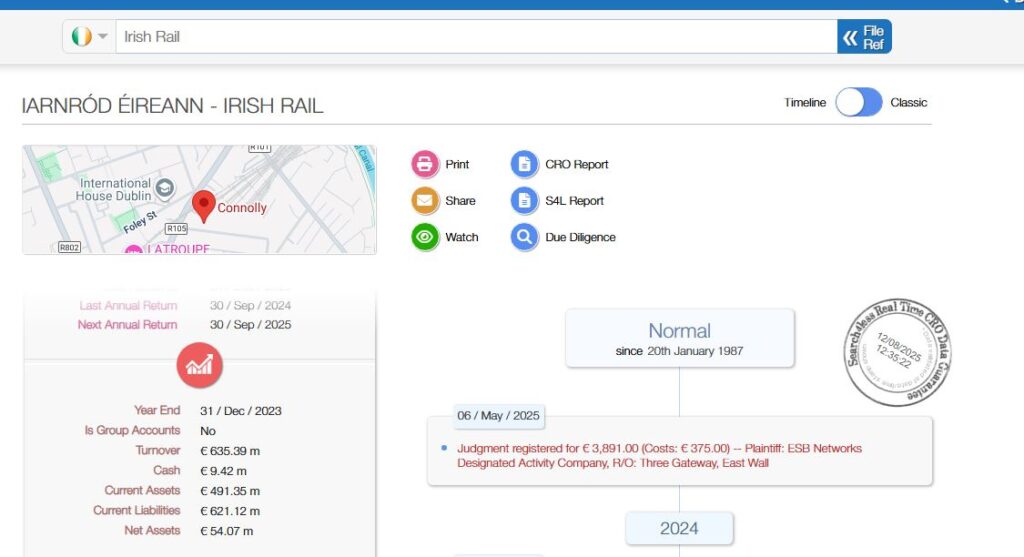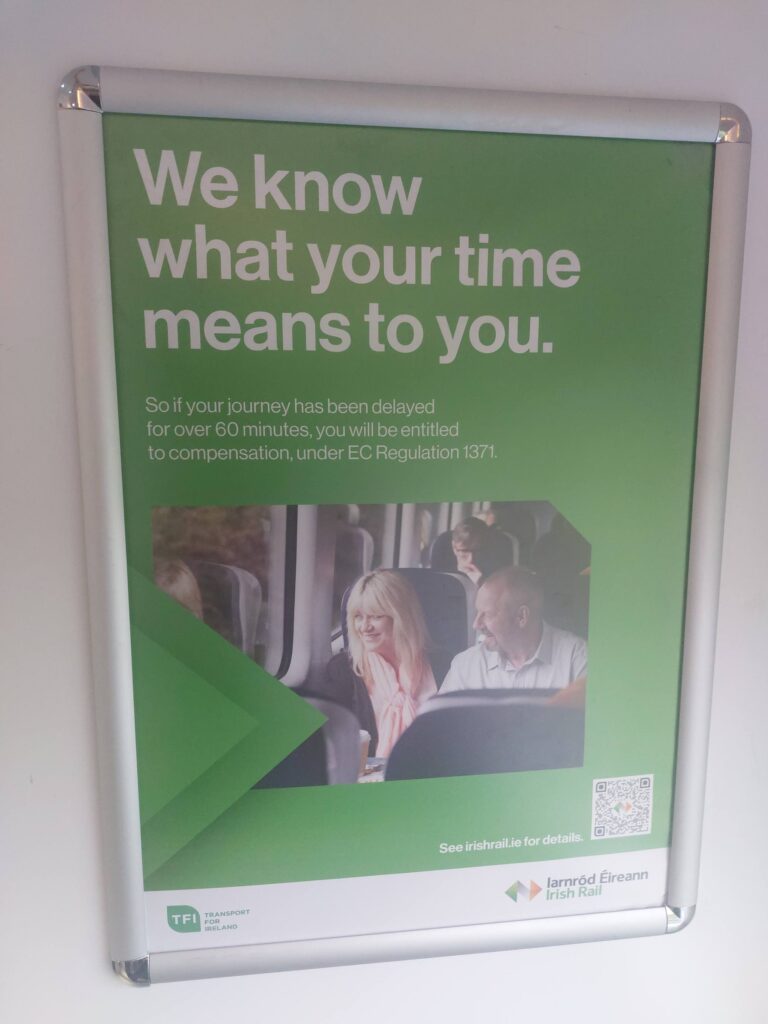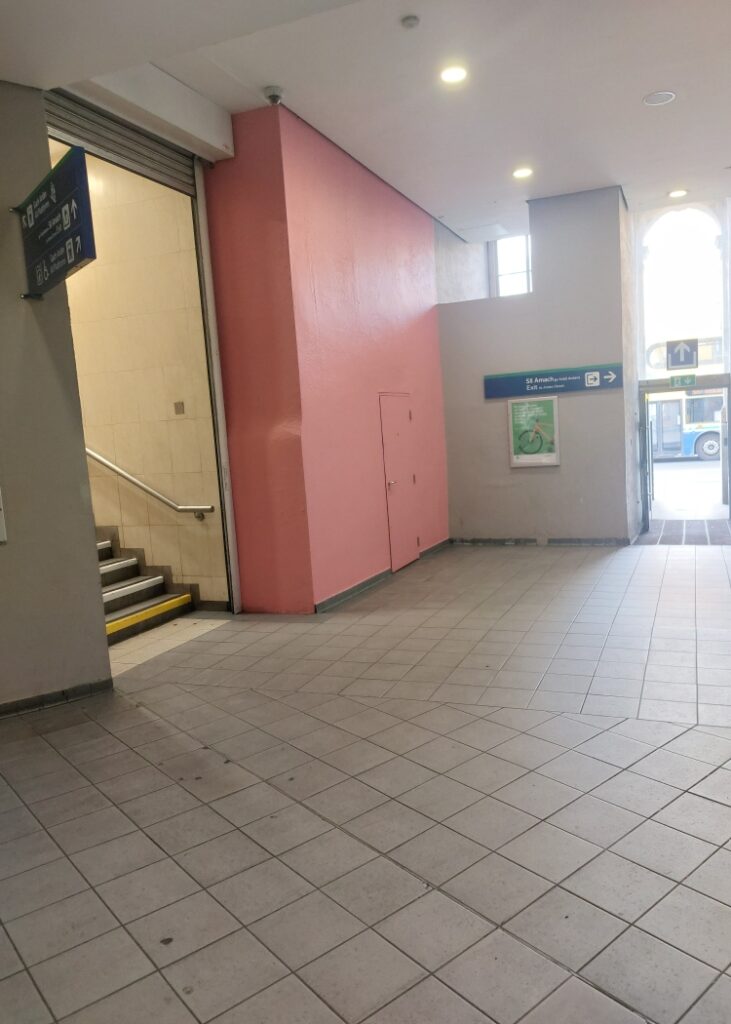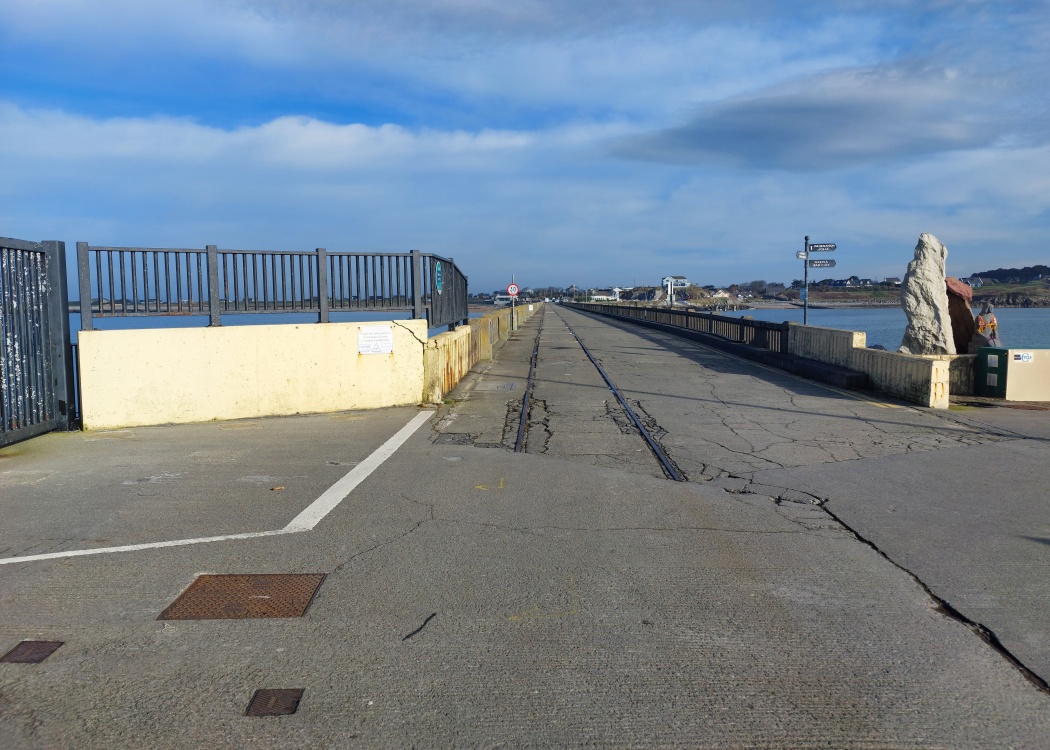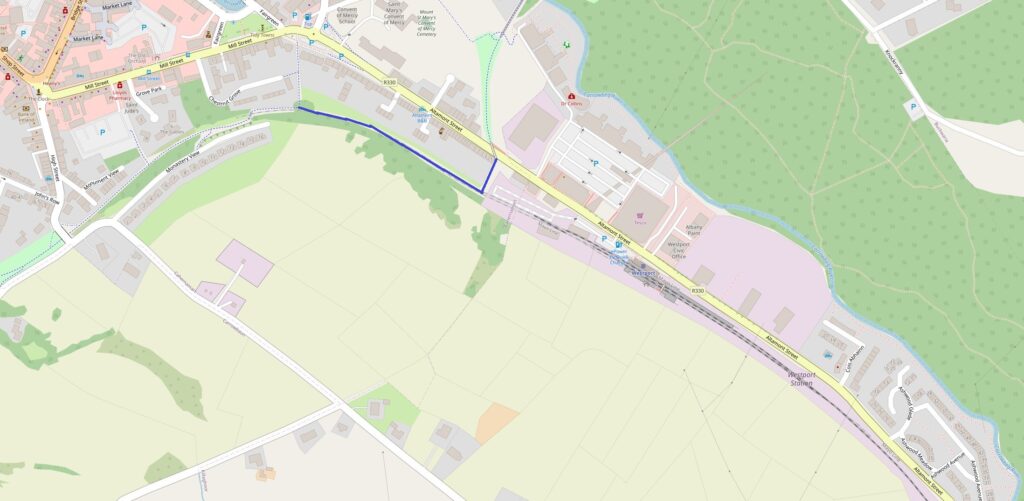A few weeks ago, I noted that I had visited about half of the CVR route to photograph the remains of the stations/halts on this line that closed in 1941, expressing the view that it would be 2026 before I’d do the other half.
The Indian summer I conditionally tied this to never came, however, opportunity knocked and I spent Sunday and today in Northern Ireland, knocking off a fair few locations from my list of un-visited stations.
Sunday started in Newry where I got to all 5 former station sites in the city itself. I then availed of the NIR £10 Sunday day tracker ticket to travel to Whitehead in Co. Antrim, where there had been two different station locations south of the now disused tunnel.
On my return from Whitehead, I alighted at Lanyon Place station and walked to the site of Central Junction, taking in the restored Belfast Corporation Tramways location case on Linenhall Street en route. After returning to Newry, I drove to Ballygawley in Co. Tyrone, via Glaslough, Co. Monaghan and overnighted there.
Today saw me visit the western end of the CVR (all stops except Maguiresbridge, which I had already covered) as well as Enniskillen (nothing left) and a re-visit to the SL&NCR line from Enniskillen to Collooney, last visited by me in 2009.
This is probably the last trip in 2025 as the short days and autumn/winter weather sets in.

